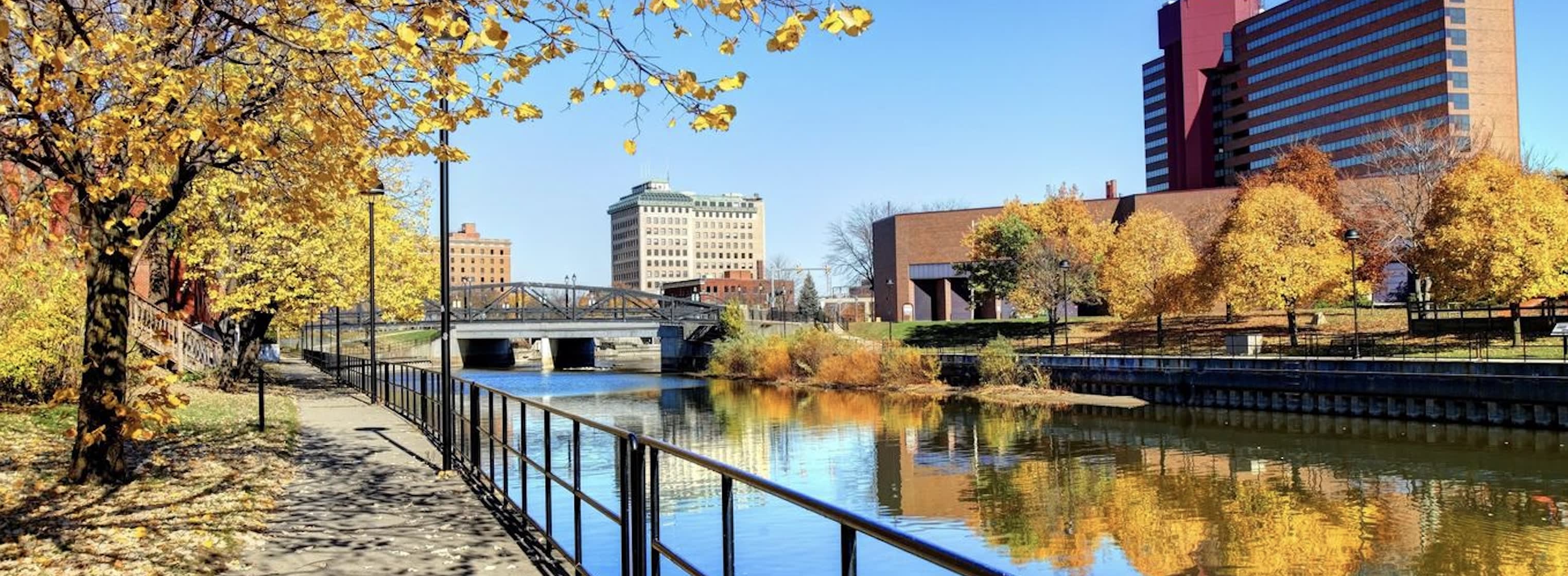

Living in Flint & the Inner Suburbs: A Guide for Newcomers
What Is the Flint Core Area?
The heart of the Flint Metropolitan Area includes the City of Flint itself and several adjacent communities like Burton, Flint Township, Mount Morris, and Beecher. This is where the metro's history lives—once a manufacturing powerhouse, now a region in transition. Flint is home to key institutions like the University of Michigan-Flint, Mott Community College, and Kettering University, the Flint Institute of Arts, and several major medical centers including Hurley Medical Center, McLaren Flint and Henry Ford Genesys Hospital.
You'll find classic housing stock, historic neighborhoods, and some of the lowest home prices in the country.
The Vibe
Creative, scrappy, and undergoing reinvention. You’ll find a mix of historic charm, mid-century neighborhoods, and newer developments. The area attracts artists, educators, first-time homebuyers, and folks invested in urban revival.
Popular Core Area Communities
Flint – A city with a complicated legacy but signs of renewal. Downtown is small but active, with a growing food scene, cultural anchors, and walkable streets. Real estate is inexpensive, and you’ll find beautiful early-20th-century homes in neighborhoods like Mott Park and College Cultural.
Burton – A working-class suburb southeast of Flint with a mix of residential neighborhoods and strip mall retail. Affordable and practical.
Flint Township – Separate from the city proper, with its own governance. Contains big-box stores and suburban developments. Close to shopping and highways.
Mount Morris & Beecher – Older suburbs north of Flint with modest housing and a more rural feel in parts. Generally more affordable.
Who Lives Here?
Artists, educators, longtime locals, and younger buyers willing to invest in transitional areas.
Housing Snapshot
- Rent: $700–$1,200 for apartments and small homes.
- Buy: $50K–$250K for homes in most neighborhoods. Some historic and larger properties may cost more.
Commute & Transit
- Driving: I-69 and I-475 connect Flint to Lansing and Detroit. Commute times are short within the metro.
- Transit: The MTA bus system provides local service. Car ownership is common.
Things to Do
- Outdoors: Flint River Trail, For-Mar Nature Preserve
- Culture: Flint Institute of Arts, Sloan Museum, Capitol Theatre
- Food: Totem Books Café, Blackstone's Pub, MaMang
Pros & Cons
Pros:
- Extremely affordable housing
- Cultural and educational institutions
- Historic architecture
Cons:
- Public schools vary widely in quality
- Infrastructure still recovering in places
Is This Area Right for You?
If you're looking for affordability, early-stage investment opportunities, or want to be part of a community working on its comeback, Flint and its inner suburbs may be the right fit.
If you want to expand your search to the greater metro, check out the LookyLOO Review of the Flint Metro.